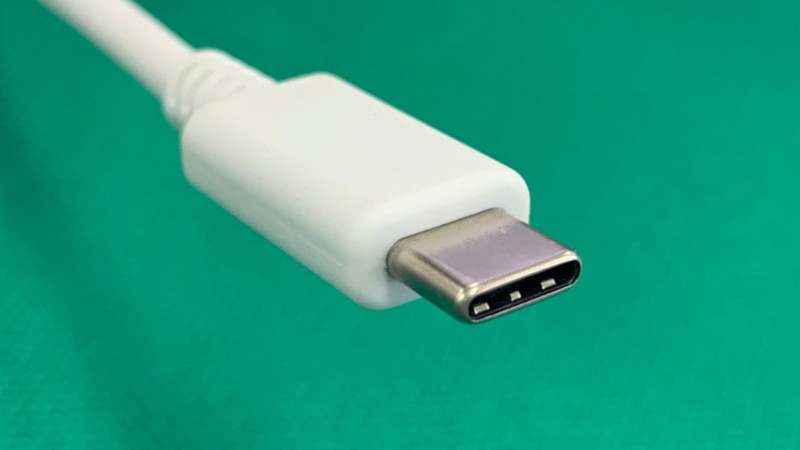It seems that few features of a consumer electronic product will generate as much rancour as a mobile phone charger socket. For those of us with Android phones, the world has slowly been moving over the last few years from micro-USB to USB-C, while iPhone users regard their Lightning connector as the ultimate in connectivity. Get a set of different phone owners together and this can become a full-on feud, as micro-USB owners complain that nobody has a handy charging cable any more, USB-C owners become smug bores, and Apple owners do what they’ve always done and pretend that Steve Jobs invented USB. Throwing a flaming torch into this incendiary mix is the European Union, which is proposing to mandate the use of USB-C on all phones sold in its 27 member nations with the aim of reducing considerably the quantity of e-waste generated.
Minor annoyances over having to carry an extra micro-USB cable for an oddball device aside, we can’t find any reason not to applaud this move, because USB-C is a connector born of several decades of USB evolution and brings with it not only the reversible plug but also the enhanced power delivery standards that enable fast charging no matter whose USB-PD charger you are using. Mandating USB-C will put an end to needlessly overpriced proprietary cables, and bring eventual unity to a fractured world.
A Reminder Of The Bad Old Days
Readers with long memories will recall that the EU has done this before with USB charging, something that was only mostly successful because it took the form of a memorandum of understanding with the manufacturers. But most Android phone manufacturers signed on. And this spilled over to other devices.
Apple wiggled out of micro USB by including an adapter cable, leaving the proprietary jack in the phone itself. This time around, it’s likely the EU will mandate the connector, thus removing any room for manoeuvre on the part of recalcitrant manufacturers.
What Could Go Wrong?
The USB-C port is tough, convenient, and feature-rich, so where might be the snags in this plan? Imagine for a minute that they had made this move back in 1998 instead of 2021. There were a multitude of chargers on the market back then, but probably the most common was the Nokia 5 V miniature barrel jack. It would have made sense to go with the Nokia connector, so all phones made in the last couple of decades for the EU market would have it. By now the demands for an improved connector taking up less space and with some means of data transfer would be deafening, because the mobile phone has evolved in so many ways unimaginable in the days when a Nokia 5100 was an object of desire.
So it is today, the USB-C connector has all the features we can think of for a mobile device …read more
Source:: Hackaday

